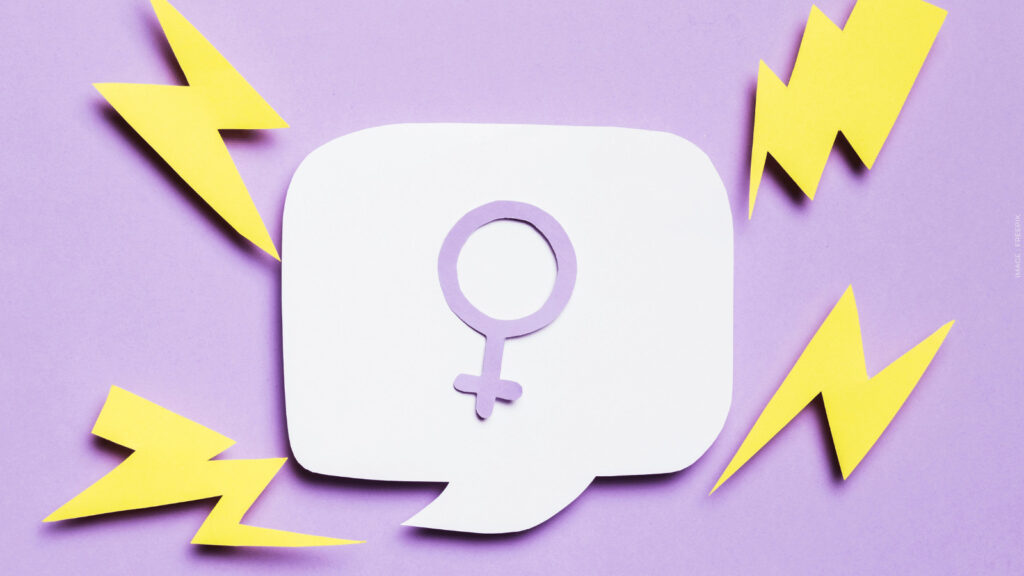Women vs women. Toxic Femininity myth or major problem?
In recent years you must be familiar with the discourse revolving “toxic masculinity” and its inherent discussion relating to patriarchy that allows hegemonic gender structure, assigns expected roles, and justifies exhibitions of overt male violence and aggression. Femininity, much like masculinity is not innately toxic. When we start putting hegemonic, emphasised, and rigid femininity into the picture it is then categorized as toxic.
Much like toxic masculinity, toxic femininity allows the enduring of the gendered system while women are expected to be subservient, submissive, and passive. Kupers (2005) defines toxic masculinity as “…the constellation of socially regressive male traits that serve to foster domination, the devaluation of women, homophobia, and wanton violence.” This system, while only benefits those who benefits from patriarchy, may also be adapted by women, be it towards other women and men.
The Wounded Feminine
Patriarchy allows us to see women as ideally less aggressive and lesscompetitive when compared to men. When women defy this ideal, their competitiveness is only seen worthy when it comes tocompetition towards their counterpart to save a seat at the table.Wounded femininity values what men values in women throughinternalized male gaze (e.g. youth, physical attraction).
Psychologist David Buss identified intra-sexual competition into self-promotion and derogation of rivals. Self-promotion allows women to promote their qualities as to what is valued by men while derogation of rivals justifies women to throw other women under the bus. Derogation of rivals in this case might be conveyed into the ultimate “I pity you for…” insert: having to dress revealingly, put on makeup, put in an effort to look good or younger

The notion of lifting yourself up by putting other women down revolves around body shaming, stigmatisation, and questioning others’ promiscuity. Other practices of wounded femininity which came overlooked are also manifested in judging and calling names of men who shows vulnerability and femininity, as well as coercing guys into relationships.
This facilitates the ultimate danger of patriarchy; allowing rape culture and victim blaming. By shaming and stigmatising women and men into thinking there is something wrong with them defying what men value in women and what is ideal for men. Toxic femininity shames women and men victims into thinking what happened was their fault.
In practice, women who say they do this as self-fulfilling prophecy when it actually is another among many adverse results patriarchy gave us. Ultimately, when women criticize other women for how theylook and their age to gain men’s approval, they aren’t competing withother women but (most likely) themselves.
The divisive force under the garb of comparing and competing as products of patriarchy needs to stop. Women with shared live experience and overlapping diaspora need to come forward together and recognise the systemic problems with why there is only one seat reserved for for the woman at the table they have to fight for instead of throwing other women under the bus.
How you can make an immediate action to create a change ?
As a person, we also need to acknowledge that expression and genderroles are not entirely black and white nor are they pink and blue. Wealso definitely need to start having this discourse and stand up againsttoxic gendered behaviors. There shouldn’t be any hesitation to call these out. Because toxic femininity is so much internalised misogyny. It’s time we face it and change !



